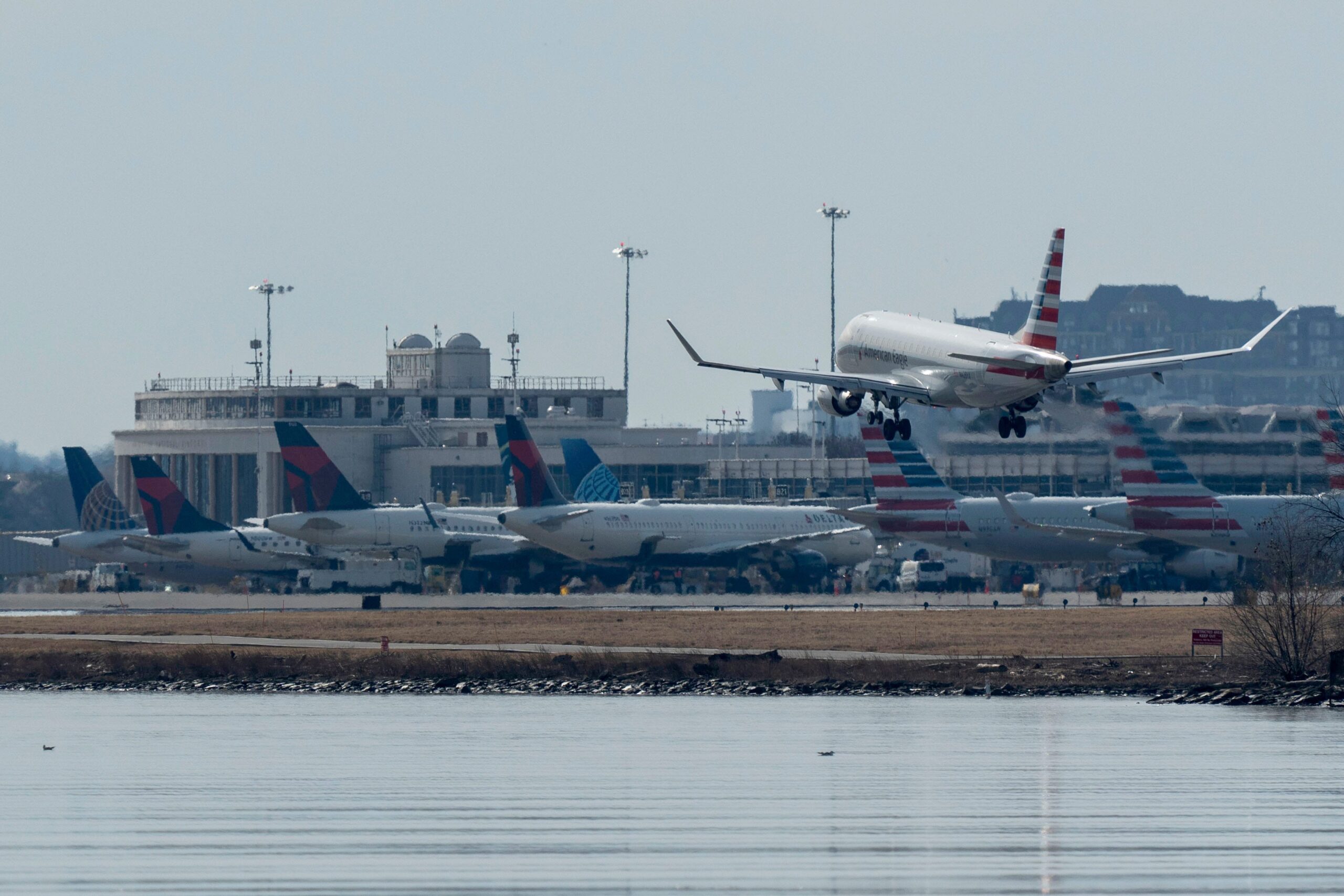
Navigating the Skies: Understanding Common Flight Procedures and Maintaining Confidence in Air Travel
Recent events in aviation, including the first fatal U.S. airliner crash in nearly two decades and other widely publicized incidents, have understandably left many travelers feeling apprehensive about flying. Readers are increasingly curious about unusual occurrences during their flights, seeking clarification and reassurance. While these concerns are valid, aviation professionals emphasize that air travel remains remarkably safe, and many seemingly alarming procedures are routine safety measures designed to protect passengers.
The Unwavering Safety of Air Travel
Captain Laura Einsetler, a seasoned pilot at a major U.S. airline and author of the Captain Laura blog, strongly affirms the safety of air travel. "Traveling by air is extremely, by far, the safest mode of travel and the fastest," she states. She highlights the presence of highly trained and experienced pilots who act as a redundant safety system, prioritizing passenger safety above all else.
Despite this assurance, it’s understandable that infrequent flyers might feel uneasy when unexpected events occur during a flight. Therefore, it’s essential to shed light on some common procedures that, while not always present, are normal and safe occurrences in air travel.
Go-Arounds: A Second Chance for a Safe Landing
One of the most startling maneuvers for passengers is the aborted landing, also known as a go-around. In this scenario, the plane approaches the runway, possibly even touching down briefly, before suddenly accelerating and climbing back into the sky. This maneuver can be unsettling, but it is a well-rehearsed procedure pilots train for extensively.
Andrew Henderson, a flight attendant at a major U.S. airline and co-author of the Two Guys on a Plane blog, acknowledges the anxiety go-arounds can cause. "When we go around, in the moment it’s jarring because you’re not expecting it, so obviously that scares the passengers a lot," he explains.
Go-arounds can occur for various reasons. Obstacles on the runway, insufficient spacing between aircraft, or a sudden change in conditions can all prompt a pilot to initiate a go-around. The primary objective is to ensure a safe landing. If the pilots or air traffic control suspect that the plane cannot touch down and remain on the runway safely, the aircraft will circle and attempt another landing.
Captain Einsetler emphasizes that pilots are trained and experienced in executing go-arounds. "These are things that we are trained for, that we are experienced in. It might feel a little bit out of the norm, but it’s not out of the norm for us as pilots," she says. She urges passengers to understand that these maneuvers are precautionary measures designed to enhance safety, addressing issues like weather conditions, spacing, or traffic congestion.
Flight Diversions: Landing at an Alternate Airport
Another less frequent but perfectly acceptable disruption is a flight diversion. This occurs when a plane lands at an airport other than its intended destination. Diversions can arise from various circumstances.
Weather conditions at the destination airport are a common cause. High winds or poor visibility can make landing hazardous, prompting pilots and air traffic controllers to redirect the flight to a safer alternative. Unexpected runway closures or other operational challenges can also lead to diversions.
While diversions can be inconvenient for passengers, Captain Einsetler stresses that they prioritize safety. "Although it might be an inconvenience for the passengers, they need to know it’s to keep everyone, not only them but everyone else in the national airspace, safe," she asserts.
Pilots prepare for every flight by identifying potential diversion airports along the route, ensuring they have alternate landing options if needed. Rich Henderson, co-author of Two Guys on a Plane, emphasizes that this is a standard operating procedure that adds an extra layer of safety. He highlights the collaboration between pilots and air traffic control in ensuring smooth and safe operations.
Holding Patterns: Waiting in the Sky
Perhaps the most common flight disruption is entering a holding pattern. This is such a routine occurrence that flight crews often barely notice it.
Andrew Henderson describes holding as "basically a parking garage in the sky." Planes circle in designated airspace, waiting for conditions to improve or for air traffic control to allocate them a landing slot. Holding patterns are often implemented when weather is poor or when there is significant air traffic congestion.
Passengers may not even realize they are in a holding pattern, especially if it is brief.
Maintaining Perspective and Confidence
It’s crucial to remember that in aviation, even when things deviate from the original plan, it doesn’t necessarily indicate a problem. As Captain Einsetler points out, "We have 90,000 flights a day that go out around the world safely, that take off and land." She emphasizes the stringent standards applied to aircraft manufacturing, regulations, and operations.
While acknowledging travelers’ heightened anxieties, Captain Einsetler encourages continued air travel, assuring passengers that the industry is dedicated to continuous improvement in safety. "We make those necessary changes, we learn, always, from any aspect of aviation that happens so that we can continue to improve on the excellent safety record that we do have," she states.
Understanding common flight procedures and the rigorous safety measures in place can help alleviate anxiety and maintain confidence in air travel. Aviation professionals are committed to ensuring the safety and well-being of passengers, making flying the safest mode of transportation.
